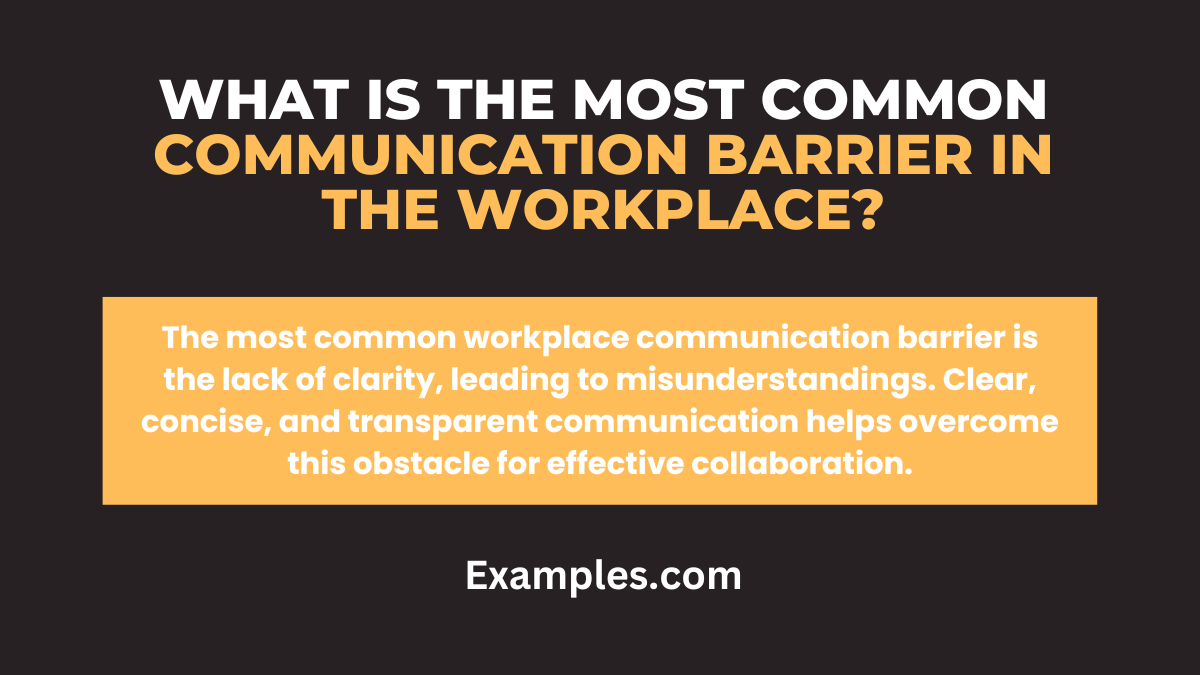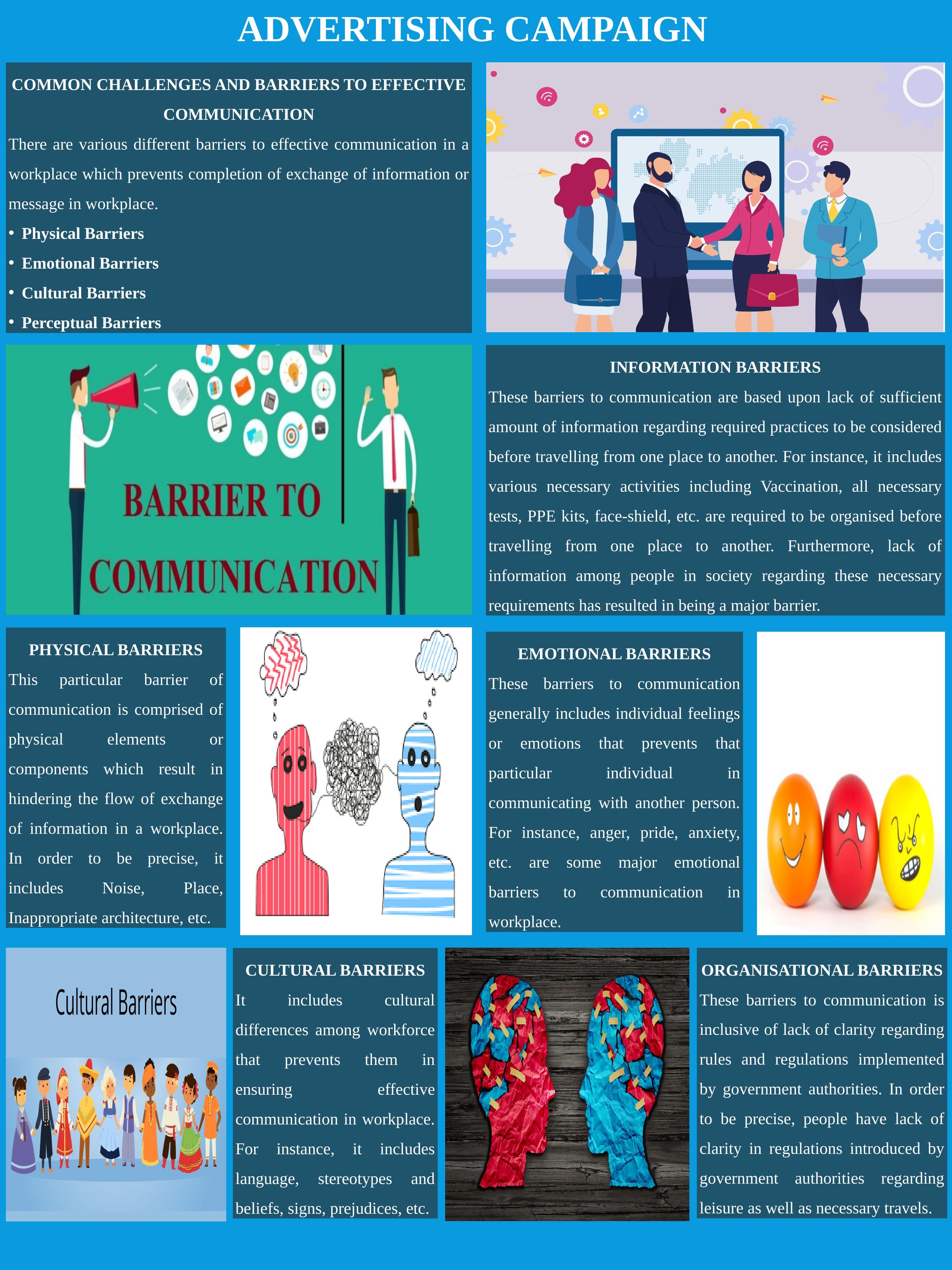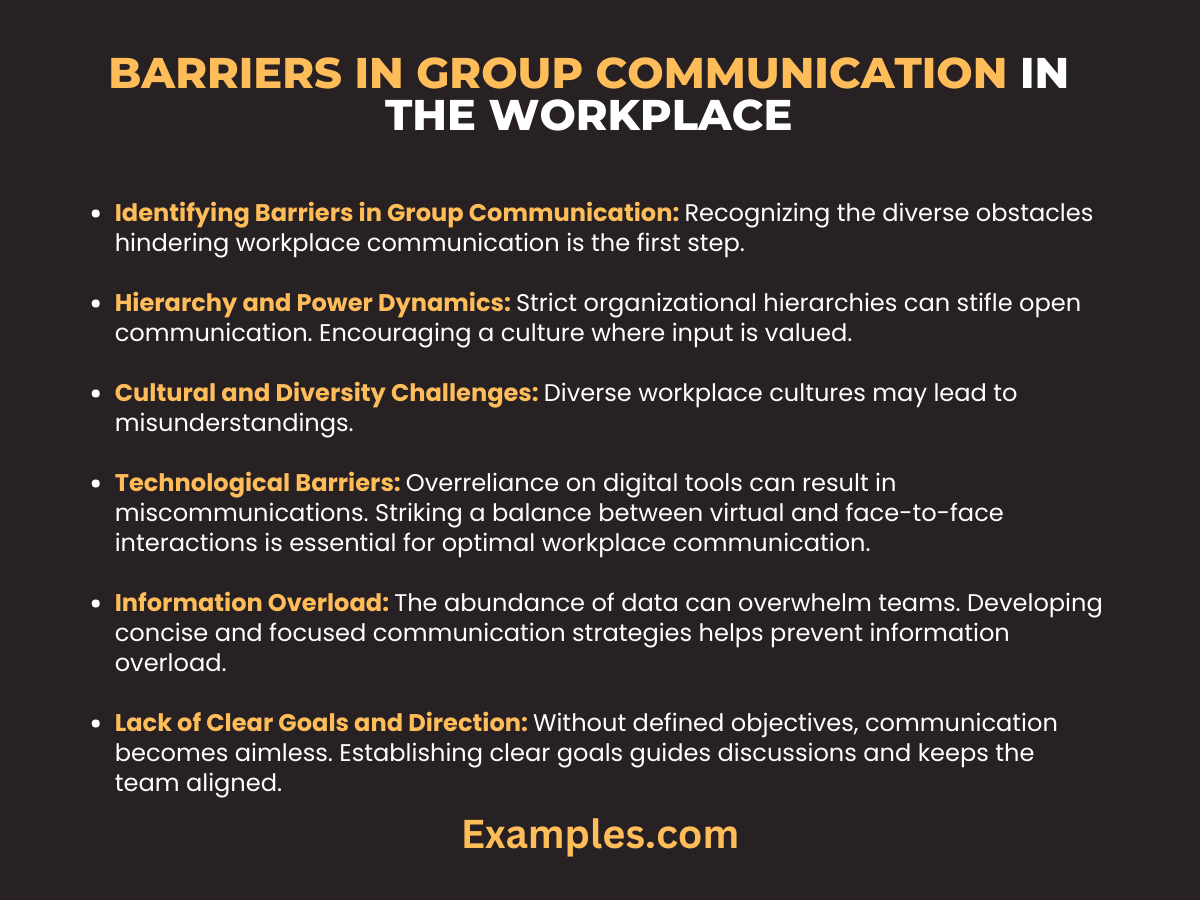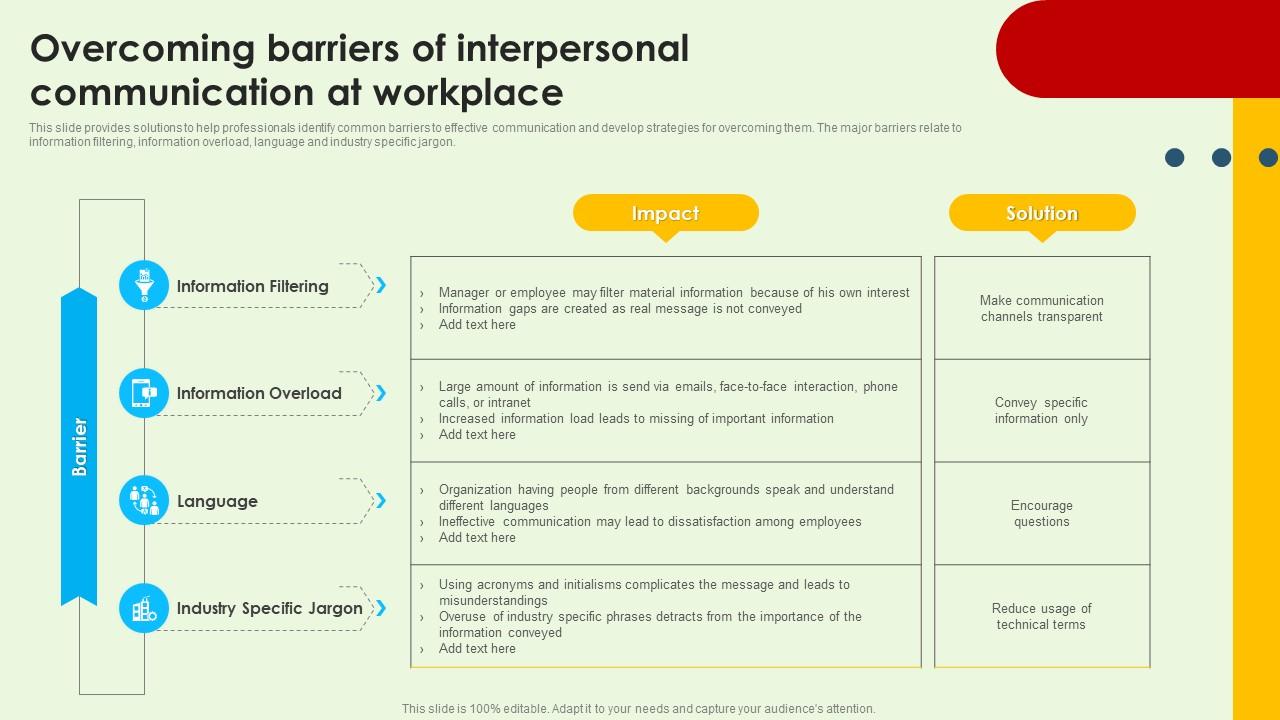What Are Barriers To Communication In The Workplace
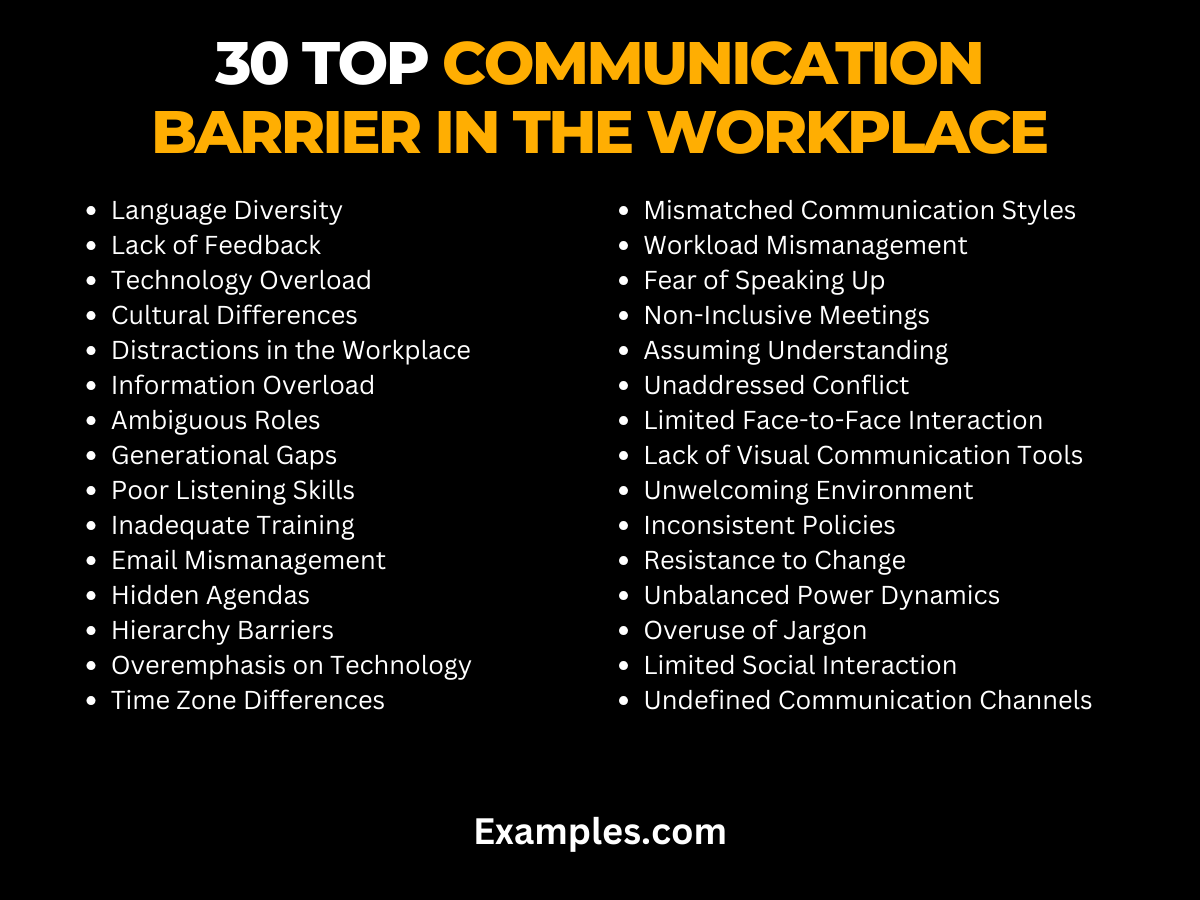
In the modern workplace, where collaboration and efficiency are paramount, the inability to communicate effectively can be a crippling force. Misunderstandings lead to errors, projects stall, and morale plummets. The ramifications are far-reaching, impacting everything from employee satisfaction to a company's bottom line.
This article delves into the multifaceted barriers to communication that plague many organizations, drawing upon expert opinions and industry data to illuminate the challenges and potential solutions. These hurdles, ranging from technological limitations to deeply ingrained organizational cultures, are often more subtle than one might expect, requiring a proactive and strategic approach to overcome.
Organizational Structure and Hierarchy
One of the most significant barriers arises from the very structure of the organization. Hierarchical structures, while providing a framework for management, can inadvertently impede the free flow of information.
Information can become distorted or delayed as it moves up and down the chain of command, a phenomenon often referred to as the "filtering effect." As stated in a 2022 report by the Society for Human Resource Management (SHRM), "Organizations with multiple layers of management often experience communication breakdowns due to information bottlenecks and a lack of transparency."
The fear of retribution, especially in organizations with a top-down management style, can also discourage employees from voicing concerns or providing honest feedback. This creates a culture of silence, where vital information remains unspoken, hindering problem-solving and innovation.
Technological Overload and Misuse
While technology is intended to enhance communication, it can ironically become a barrier if not managed effectively. The sheer volume of emails, instant messages, and online meeting invitations can lead to information overload, making it difficult for employees to prioritize and process critical information.
Furthermore, the reliance on digital communication can lead to a decline in face-to-face interactions, which are crucial for building rapport and understanding nuances in communication. "Non-verbal cues, such as body language and tone of voice, are often lost in digital communication, increasing the risk of misinterpretation," notes Dr. Anya Sharma, a professor of organizational psychology at the University of California, Berkeley.
The lack of proper training on communication platforms and protocols can also contribute to misunderstandings and inefficiencies. For example, using email for complex or sensitive discussions can lead to misinterpretations and escalate conflicts unnecessarily.
Cultural and Linguistic Differences
In today's globalized workplace, cultural and linguistic differences are increasingly prevalent. While diversity is a strength, it also presents unique communication challenges. Different cultures have varying communication styles, norms, and expectations, which can lead to misunderstandings and misinterpretations.
Linguistic barriers, such as language proficiency and the use of jargon, can further complicate communication, especially in multilingual teams. "It's crucial to be mindful of cultural sensitivities and to use clear, concise language that is easily understood by all team members," advises Maria Rodriguez, a diversity and inclusion consultant with Global Diversity Solutions.
Misunderstandings stemming from cultural differences can lead to conflict, erode trust, and hinder collaboration. Creating a culture of inclusivity, where diverse perspectives are valued and respected, is essential for overcoming these barriers.
Psychological and Emotional Barriers
Psychological and emotional factors can significantly impact communication effectiveness. Stress, anxiety, and lack of confidence can all impede an individual's ability to communicate clearly and effectively.
Preconceived notions, biases, and prejudices can also distort communication. Active listening, a crucial communication skill, is often compromised when individuals are preoccupied with their own thoughts and feelings. This can lead to misunderstandings and prevent genuine connection.
A lack of trust between colleagues can also create a barrier to open and honest communication. When individuals fear judgment or betrayal, they are less likely to share information or express their opinions freely.
Moving Forward: Strategies for Overcoming Barriers
Addressing these communication barriers requires a multifaceted approach, starting with a commitment from leadership to prioritize effective communication throughout the organization. This includes investing in communication training programs, promoting a culture of open dialogue, and implementing clear communication protocols.
Organizations can also leverage technology to facilitate communication, but it's essential to do so strategically, ensuring that technology enhances rather than hinders communication. Fostering a culture of active listening and empathy is crucial for building trust and understanding. Regularly solicit feedback from employees to identify communication gaps and implement improvements.
Ultimately, overcoming communication barriers is an ongoing process that requires continuous effort and adaptation. By acknowledging the challenges and implementing proactive strategies, organizations can create a more collaborative, productive, and fulfilling work environment.



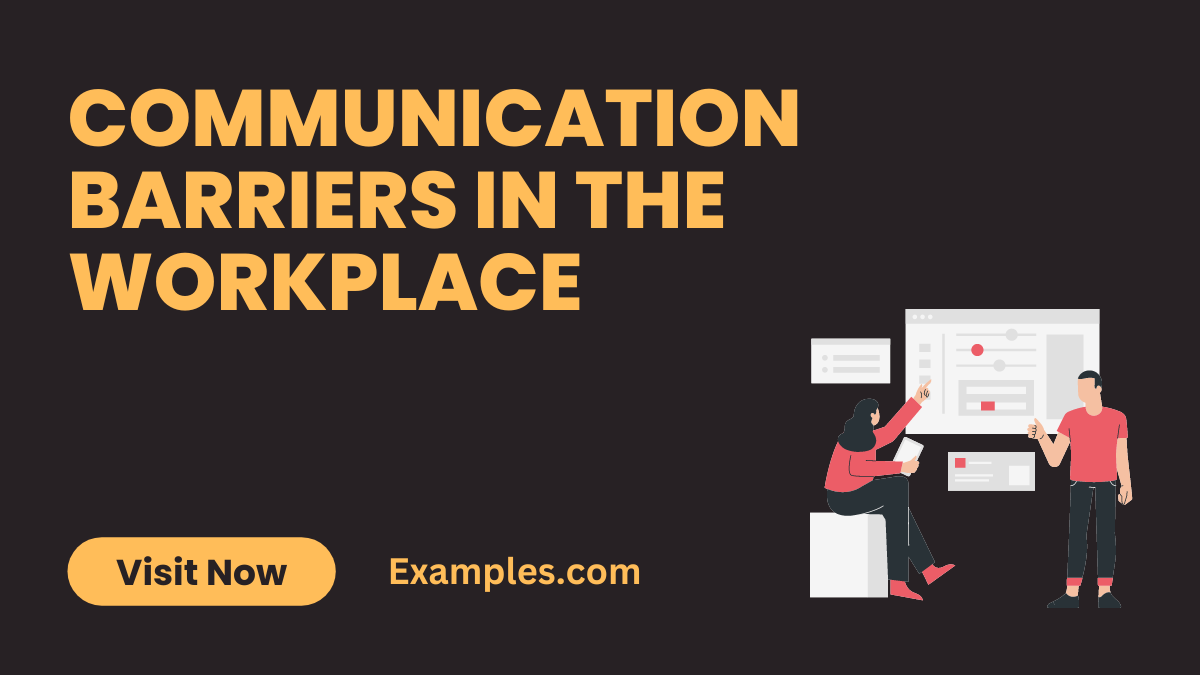
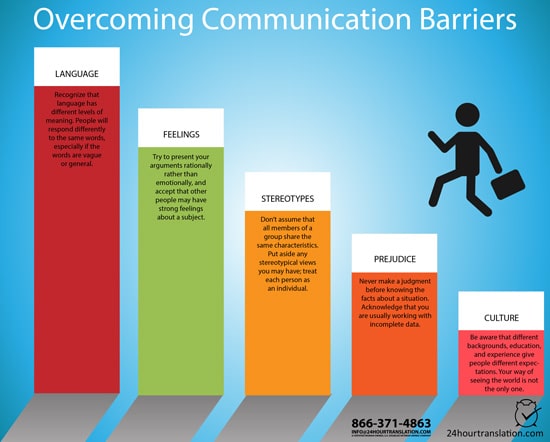
.png)


